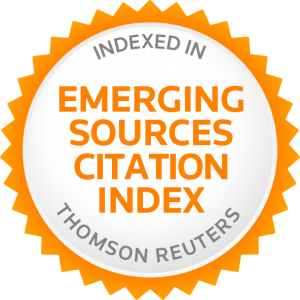PHONETIC REPRESENTATIONS OF THREE KIM WORDS IN TAIWANESE
Pingyou Lin/ Mingdao University
This paper examines the phonetic representations of the three Taiwanese words kim aʔ 'golden duck', kim a 'gold', and kim ma 'place name' under the autosegmental framework (Goldsmith 1976). In accordance with the acoustic, articulatory, and perceptual analyses, the durational differences of the three [m]s across the three words have been shown to be different. However, the moraic theory may be limited to the contrast of the three words (e.g., [kim()ma()] 'gold' vs. [kim()][ma()] 'place name') though it may be applicable to only the contrast of [CV()][CV()] (Japanese kita 'arrived') vs. [CVC()()][CV()] (kitta 'sliced'). As a result, the double-empty slots (xx-slots) and the bidirectional assimilation rule are proposed to explain such disparity. In my proposal, I state that the length differences are attributed to phonetic transition across different prosodic boundaries; the durational contrast of the consonant [m] therefore can explicitly be observed from the surface forms of [kim][ʔaʔ] 'golden duck' vs. [kimmaa] 'gold' vs. [kim]mm[ma] 'place name'.



